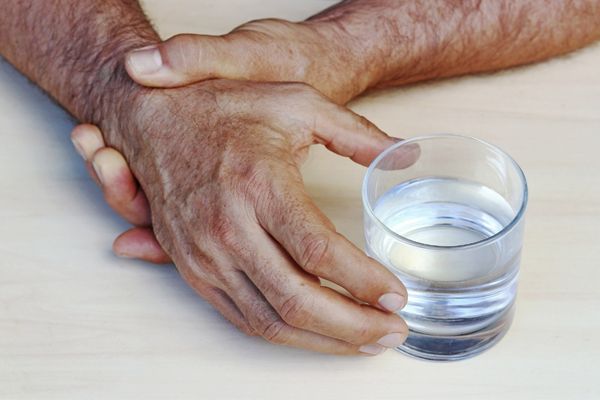Anonymity in Alcoholics Anonymous (AA) and other 12-step programs helps foster a safe and supportive environment for members to share their experiences, seek guidance, and receive help without fear of judgment or exposure. It’s been a critical element of AA since its inception in 1939. And it plays a crucial role in today’s AA environment. This includes the right to your own anonymity and the respect for fellow members’ anonymity.
1. It Protects The Privacy And Anonymity Of AA members
Many people are not ready to go public about their alcoholism. Some of them experience alcoholism without their social circle’s knowledge and may feel ashamed of their addiction.
Since everyone experiences addiction differently, the wishes of those who want to stay anonymous should be respected. Protecting their anonymity ensures their participation and helps AA communities grow. Members are encouraged to keep their involvement in AA private in public. Still, they may inform their loved ones about it if they want.
2. Encourages Honesty And Openness In AA meetings
In AA meetings, anonymity is a tool that empowers members to admit their addiction to others in similar circumstances. Without the safety net of anonymity, many would not be willing to disclose their thoughts and feelings during meetings or attend them at all.
3. Reduces Stigma to Create A Safe, Non-judgmental Space For Sharing
Substance addiction and its mental health elements carry a significant stigma today. Organizations are dedicated to de-stigmatizing addiction, but it’s a deeply-rooted part of our culture. Anonymity allows members to feel safe enough to open up to others and talk about their addiction, its causes, triggers, daily challenges, and more.
4. Encourages People To Seek Help
For those who have not yet sought help for their alcoholism, the knowledge that AA members take privacy very seriously is encouraging. They know at least one place where they’ll be safe to share their experiences privately.
5. Promotes Humility in Meetings
Anonymity in AA helps to promote humility and reduce the risk of ego-driven behaviors, such as seeking recognition or status within the group. By removing the temptation to use AA as a platform for personal gain or recognition, anonymity helps to ensure that the focus remains on the program’s primary purpose, which is to help individuals recover from alcohol addiction.
Challenges of Anonymity in AA
While anonymity is a fundamental principle of AA, it can sometimes be subject to criticism or misconceptions. Some believe anonymity perpetuates shame and prevents individuals from seeking professional help. Many individuals in AA seek professional help, and anonymity can help them to do so without fear of negative consequences or judgment.
Others argue that anonymity prevents individuals from being held accountable for their actions. When in reality, anonymity in AA is not meant to absolve individuals of responsibility for their actions but rather to create a safe and non-judgmental space for them to seek support and recovery. AA members are encouraged to take responsibility for their actions and make amends where appropriate, but this is done to promote healing and growth rather than shame or blame.
It’s essential to address these and other criticisms or misconceptions about anonymity in AA so that individuals can better understand its purpose and benefits in the recovery process.
The Benefits of Anonymity in AA
Anonymity in AA can bring numerous benefits to individuals in recovery. Some of these benefits include:
- Increased trust: Anonymity can create a safe and non-judgmental space for individuals to share their experiences and struggles with others who understand what they’re going through. This can foster a sense of trust and openness that can be difficult to find in other settings.
- Maintenance of recovery outside of AA meetings: Anonymity can help individuals to maintain their recovery outside of AA meetings by allowing them to separate their personal and professional lives from their participation in AA. This can help them to avoid potential negative consequences or stigma related to their addiction and to focus on their sobriety and well-being.
- Reduced stigma or discrimination: Unfortunately, there is still much stigma and discrimination surrounding addiction and recovery. Anonymity can help to protect individuals in recovery from these negative attitudes, allowing them to maintain their dignity and self-respect. This can be especially important for individuals in the early stages of recovery, who may be vulnerable to judgment or criticism from others.
Overall, anonymity in AA can be a powerful tool for promoting trust, community, and self-respect among individuals in recovery.
If you or someone you know is struggling with alcohol abuse, don’t hesitate to seek help. Attending an AA meeting can be your first step in long-term recovery.









